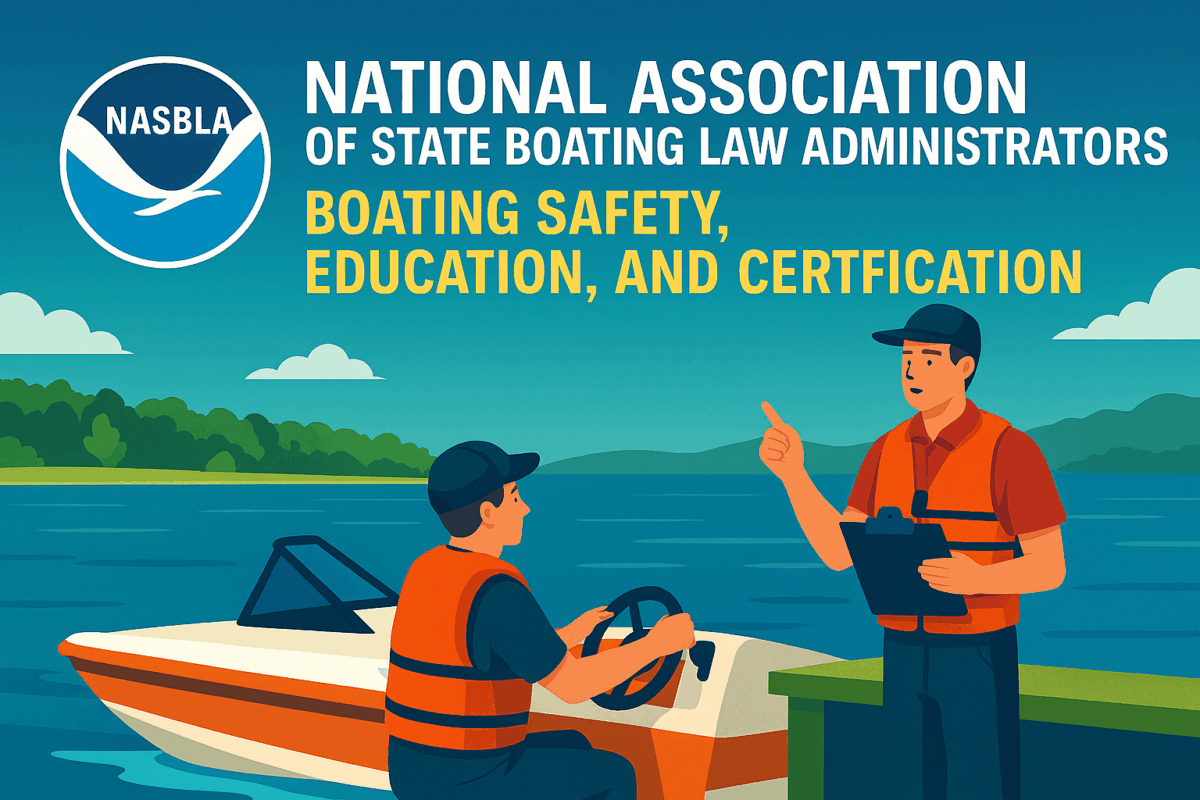Call: 1-800-832-7191

NASBLA Small Craft Advisories
NASBLA Small Craft Advisories: Protecting Boaters with Timely Alerts
NASBLA Small Craft Advisories help boaters stay safe during hazardous weather and water conditions. These alerts provide essential updates about wind, waves, and visibility. By checking advisories before heading out, boaters can avoid dangerous situations and make informed decisions.
Understanding NASBLA Small Craft Advisories
These reports are issued in coordination with national and state agencies. These alerts warn boaters about conditions that may affect small vessels. High winds, rough seas, and sudden weather changes often trigger advisories. Staying informed helps prevent accidents and ensures safer boating experiences.
Boaters should monitor local forecasts and advisory updates regularly. All of this data is available through official websites, mobile apps, and marine radio broadcasts. These tools allow boaters to adjust plans quickly and avoid unnecessary risks.
How NASBLA Small Craft Advisories Improve Safety
Safety is the top priority for every boater. NASBLA Small Craft Advisories provide timely warnings that help protect lives and property. These alerts are especially important for kayakers, paddleboarders, and operators of small motorboats. Smaller vessels are more vulnerable to wind and wave impacts.
This initiative is taken to prevent boaters from launching during unsafe conditions. This proactive approach reduces emergency calls and supports rescue teams. In addition, advisories often include guidance on alternate routes or safe harbor locations.
NASBLA and Public Awareness
Public awareness campaigns often include NASBLA Small Craft Advisories. These efforts educate boaters about weather risks and emergency preparedness. Agencies distribute flyers, host workshops, and share updates on social media. These outreach efforts help build a culture of safety across all boating communities.
Instructors use real-world examples to teach students how to interpret and respond to advisories. This hands-on learning improves decision-making and builds confidence on the water.
For broader weather and marine safety information, visit the National Weather Service Marine Forecasts page. This government resource complements NASBLA advisories and offers detailed forecasts for coastal and inland waters.
Collaborating with Agencies to Strengthen NASBLA Small Craft Advisories
NASBLA works closely with NOAA, the U.S. Coast Guard, and state boating offices to issue accurate advisories. These partnerships ensure that NASBLA Small Craft Advisories reflect current conditions and reach boaters quickly. Coordination between agencies also improves response times during emergencies.
Local enforcement teams rely on this data to guide patrols and assist boaters. These alerts help officers identify high-risk areas and provide timely support. When boaters follow advisories, they contribute to a safer and more efficient enforcement environment.
Planning Ahead with NASBLA Small Craft Advisories
Smart planning starts with checking before launching, boaters should review alerts and forecast data. This habit helps avoid last-minute cancellations and protects passengers. Planning ahead also allows boaters to pack appropriate gear and prepare for changing conditions.
NASBLA Small Craft Advisories are especially useful for event organizers. Regattas, fishing tournaments, and group outings depend on safe weather windows. Organizers use advisories to adjust schedules and communicate with participants. These efforts reduce liability and improve overall safety.
NASBLA supports Responsible Boating
Responsible boating includes staying informed and prepared. The report promotes accountability and awareness. Boaters who follow advisories demonstrate respect for the water and for others. This mindset helps build stronger, safer communities.
In addition, the download reports support environmental protection. Avoiding rough conditions reduces shoreline erosion and minimizes wildlife disturbance. Responsible decisions benefit both boaters and natural habitats.
